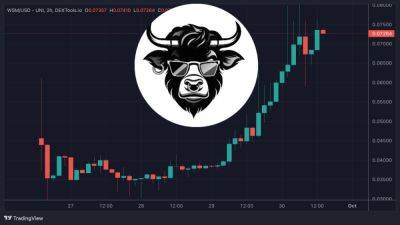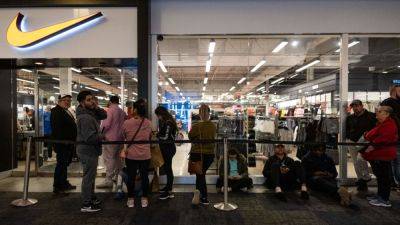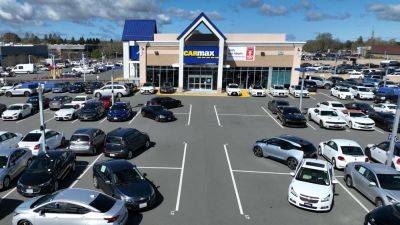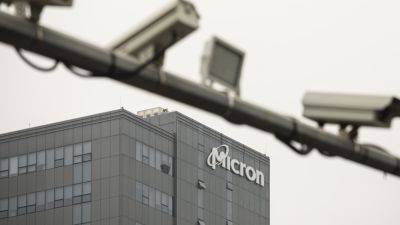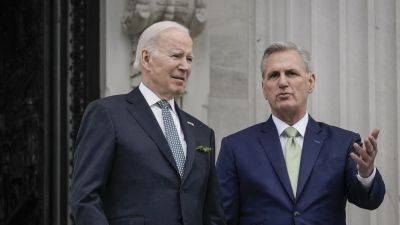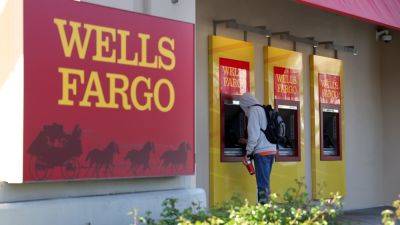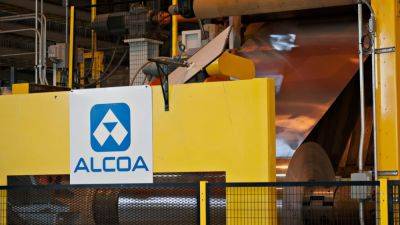Corporate pensions are at their healthiest in more than a decade
Pension plans for the largest U.S. companies are at their healthiest in more than a decade — and that's largely good news for the workers who participate in such plans, said retirement experts.
Public companies in the S&P 500 stock index had an average pension «funded ratio» of 102% as of Sept. 21, according to data tracked by financial services firm Aon. That's the highest level since at least the end of 2011, when the ratio was around 78%.
A funded ratio is one way to gauge pension health. It measures a company's pension assets versus its liabilities. In other words, it assesses the money a pension has on hand versus the funds a company needs to pay future pension income to workers.
More from Personal Finance:
Social Security's trust funds are running dry. 4 things to know
This account is like an 'extra strength' Roth IRA
'Financial vortex' may reduce retirement savings by up to 37%
A funded level of 100% or more means it currently has the assets on hand to meet it future obligations.
«This is a really good thing,» Byron Beebe, global chief commercial officer for Aon, said of the current funding level. «It's at the highest it's been in a really long time.»
Of course, pension funding is merely a «financial snapshot … at a single moment,» according to the American Academy of Actuaries. It can change based on factors such as the health of the U.S. economy. Each plan is unique, meaning funded status alone isn't the only gauge for pension health, it said.
Pensions in the private sector have become rarer over the decades as companies have replaced them with 401(k)-type plans.
Pension plans are also known as «defined benefit» plans, since workers' future benefit is defined according to a formula based on factors such as
Read more on cnbc.com

